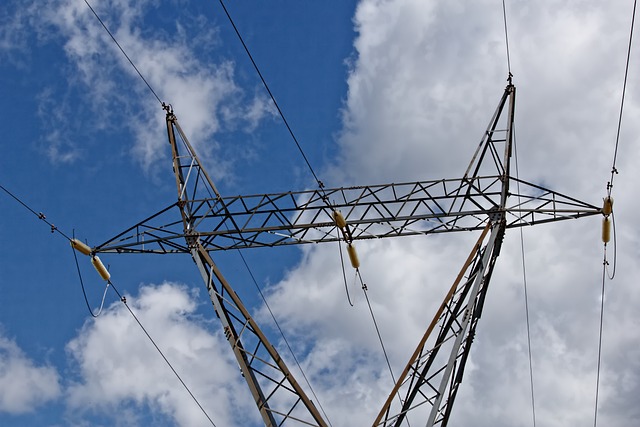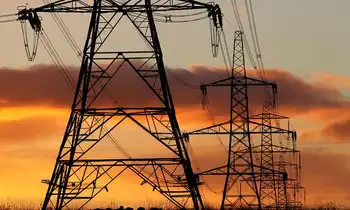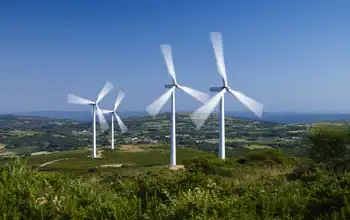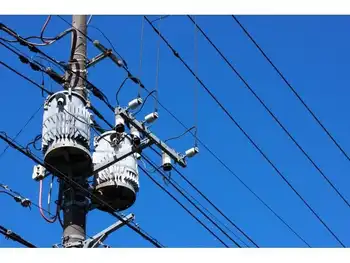Northvolt Montreal EV Battery Plant advances as a Quebec clean energy hub, leveraging hydroelectric power to supply EV batteries, strengthen North American supply chains, and support automakers' electrification with sustainable manufacturing and regional distribution.
Key Points
A Quebec-based EV battery facility using hydroelectric power to scale sustainable production for North America.
✅ Powered by Quebec hydro for lower-carbon cell manufacturing
✅ Strengthens North American EV supply chain resilience
✅ Creates local jobs, R&D, and advanced manufacturing skills
Northvolt, a prominent player in the electric vehicle (EV) battery industry, has reaffirmed its commitment to proceed with its battery plant project near Montreal as originally planned. This development marks a significant step forward in Northvolt's expansion strategy and signals confidence in Canada's role in the global EV market.
The decision to move forward with the EV battery plant project near Montreal underscores Northvolt's strategic vision to establish a strong foothold in North America's burgeoning electric vehicle sector. The plant is poised to play a crucial role in meeting the growing demand for sustainable battery solutions as automakers accelerate their transition towards electrification.
Located strategically in Quebec, a province known for its abundant hydroelectric power and supportive government policies towards clean energy initiatives, including major Canada-Quebec investments in battery assembly, the battery plant project aligns with Canada's commitment to promoting green technology and reducing carbon emissions. By leveraging Quebec's renewable energy resources, Northvolt aims to produce batteries with a lower carbon footprint compared to traditional manufacturing processes.
The EV battery plant is expected to contribute significantly to the local economy by creating jobs, stimulating economic growth, and fostering technological innovation in the region, much as a Niagara Region battery plant is catalyzing development in Ontario. As Northvolt progresses with its plans, collaboration with local stakeholders, including government agencies, educational institutions, and industry partners, will be pivotal in ensuring the project's success and maximizing its positive impact on the community.
Northvolt's decision to advance the battery plant project near Montreal also reflects broader trends in the global battery manufacturing landscape. With increasing emphasis on sustainability and supply chain resilience, companies like Northvolt are investing in diversified production capabilities, including projects such as a $1B B.C. battery plant, to meet regional market demands and reduce dependency on overseas suppliers.
Moreover, the EV battery plant project near Montreal represents a milestone in Canada's efforts to strengthen its position in the global electric vehicle supply chain, with EV assembly deals helping put the country in the race. By attracting investments from leading companies like Northvolt, Canada aims to build a robust ecosystem for electric vehicle manufacturing and innovation, driving economic competitiveness and environmental stewardship.
The plant's proximity to key markets in North America further enhances its strategic value, enabling efficient distribution of batteries to automotive manufacturers across the continent. This geographical advantage positions Northvolt to capitalize on the growing demand for electric vehicles in Canada, the United States, and beyond, supporting Canada-U.S. collaboration on supply chains and market growth.
Looking ahead, Northvolt's commitment to advancing the EV battery plant project near Montreal underscores its long-term vision and dedication to sustainable development. As the global electric vehicle market continues to evolve, alongside the U.S. auto sector's pivot to EVs, investments in battery manufacturing infrastructure will play a critical role in shaping the industry's future landscape and accelerating the adoption of clean transportation technologies.
In conclusion, Northvolt's affirmation to proceed with the EV battery plant project near Montreal represents a significant milestone in Canada's transition towards sustainable mobility solutions. By harnessing Quebec's renewable energy resources and fostering local partnerships, Northvolt aims to establish a state-of-the-art manufacturing facility that not only supports the growth of the electric vehicle sector but also contributes to Canada's leadership in clean technology innovation, bolstered by initiatives like Nova Scotia vehicle-to-grid pilots that strengthen grid readiness nationwide. As the project moves forward, its impact on economic growth, job creation, and environmental sustainability is expected to resonate positively both locally and globally.
Related News












